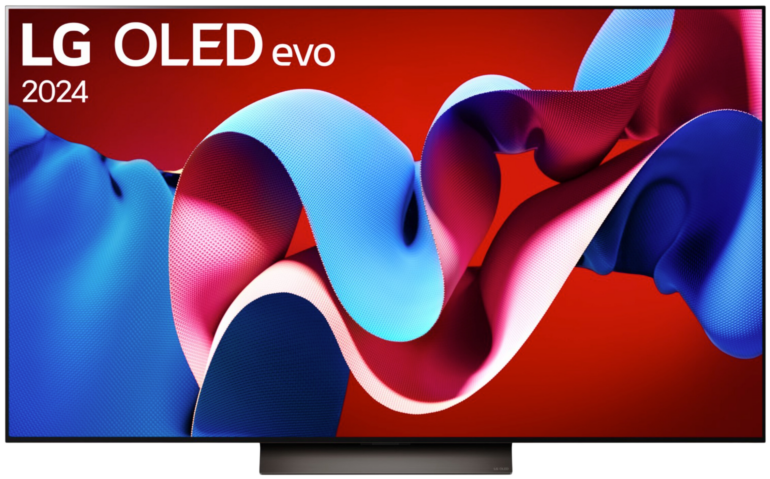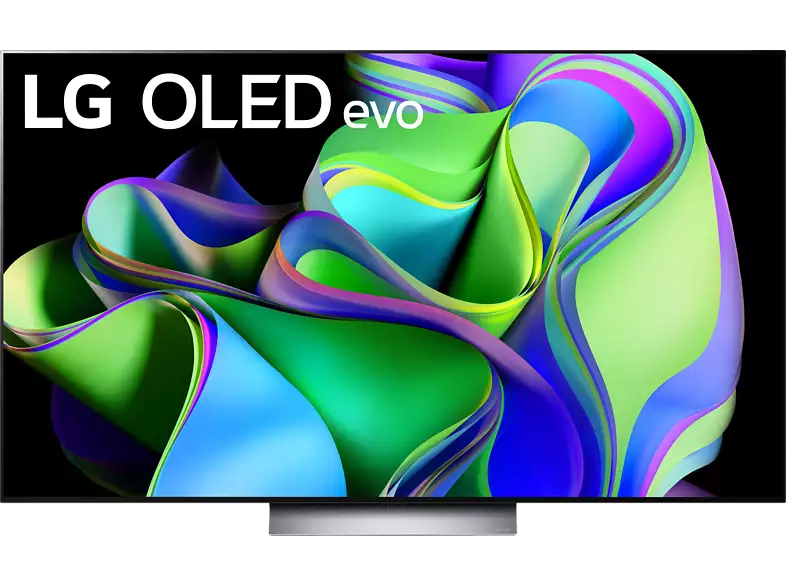Black level
The so-called black level refers to the ability of a screen to show deep, pure black. This factor is decisive for the picture quality and the viewing experience. Today’s display technologies perform differently in this area. As a result, the type of panel is important for the degree of intensity.
Quality factor black level
While a low black level means that the TV is capable of producing quite deep results, a high value indicates comparatively faint tones, which are sometimes perceived as more of a grey scale or foggy haze. As the result in this area becomes darker, the contrast increases and a more realistic, vivid reproduction of the content becomes possible.
The best quality in this area is currently achieved by OLED technology. This fact is not really surprising, however, because self-luminous pixels can simply be switched off completely and thus achieve a theoretically perfect black when required. LED-based TV devices are at a disadvantage here. Even Mini-LED models cannot keep up in ideal conditions.
Affected by Near Black Banding
However, as soon as fine gradations should still be visible on the screen, the corresponding models can have problems with so-called near black banding. This is when uneven stripes or block patterns appear in nearly black areas of the picture.
This can be caused by factors such as voltage regulation, quality and accuracy of the control electronics and the characteristics of the panel itself. Ultimately, the black level is an important point when buying a television because it has a direct influence on the contrast ratio and picture depth.
| Advantages | Disadvantages |
|---|---|
| Improves image depth and contrast | Difficulty in showing details in dark areas with some display technologies called Black Crush. |
| Enhances the realism of colour reproduction | In brightly lit rooms, a low black level can be less effective |
| Better representation of shades and details | Near black banding can occur with OLEDs, resulting in striped or blocky patterns in dark areas of the picture |
| Particularly visible and useful in dark rooms or when viewed at night | Some display technologies like LCD can have difficulties producing deep blacks, which results in grey or washed out blacks |
- Audio
- Codecs
- Companies
- Features
- Ports
- Technical Terms
- Connectivity
- Misc
- Smart-Features
- Video
- Image Errors
- Image Formats
- Image Function
- Ports
- Technical Terms
- 4K
- 4K@120 Hertz
- Aspect ratio
- Backlight
- Banding
- Bit
- Black level
- Brightness
- Calibration
- Candela
- Color resolution
- Color space
- Color space coverage
- Color temperature
- Color volume
- Contrast
- Curved
- Filmmaker
- Flat
- Full HD
- Gamma
- Gamut
- HD Ready
- Home theater
- Image format
- Image synchronization
- Input Lag
- ISF
- Luminance
- Motion Handling
- Native resolution
- Netflix Calibrated
- Pixel
- Pixel density
- QFT
- QHD
- Raytracing
- Rec.2020
- Refresh rate
- Resolution
- Response Time
- Smart-TV
- UHD
- UHD-2
- VR
- White balance
- WQHD
- TV Tech

